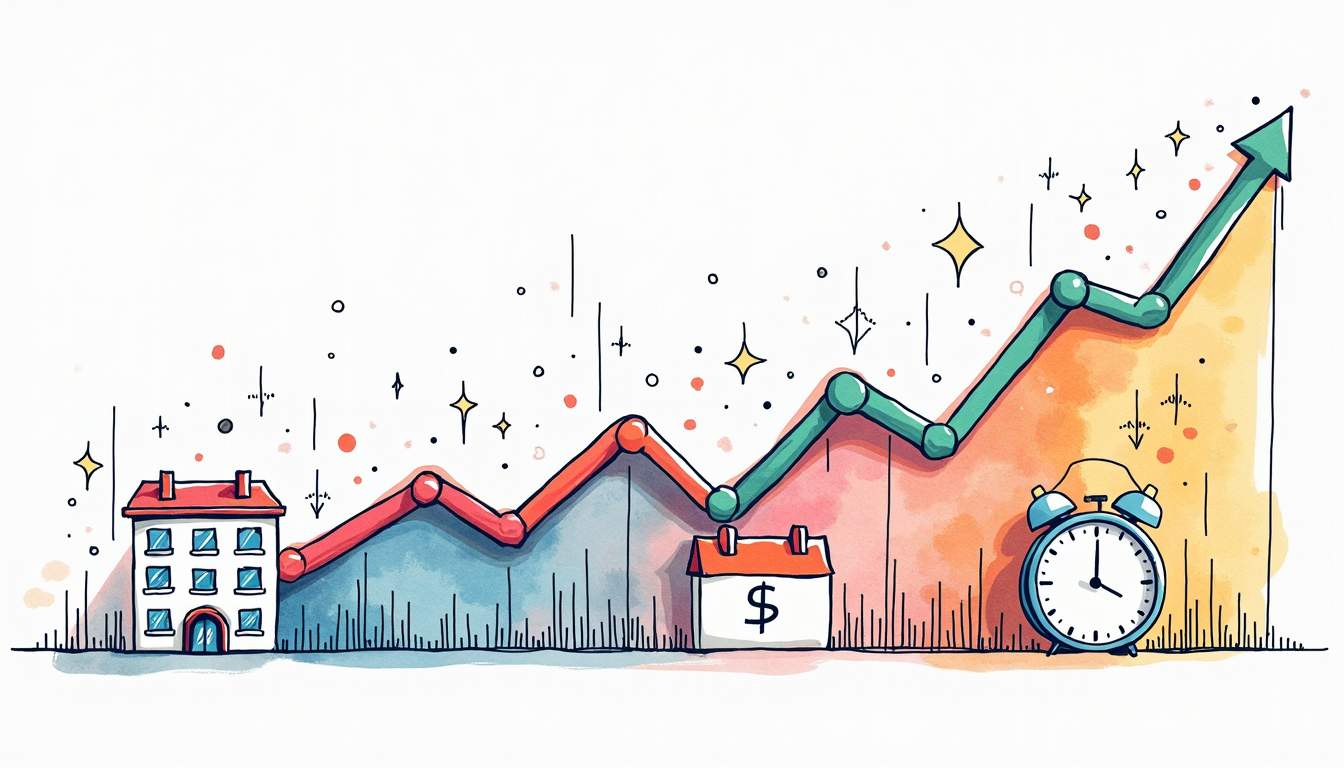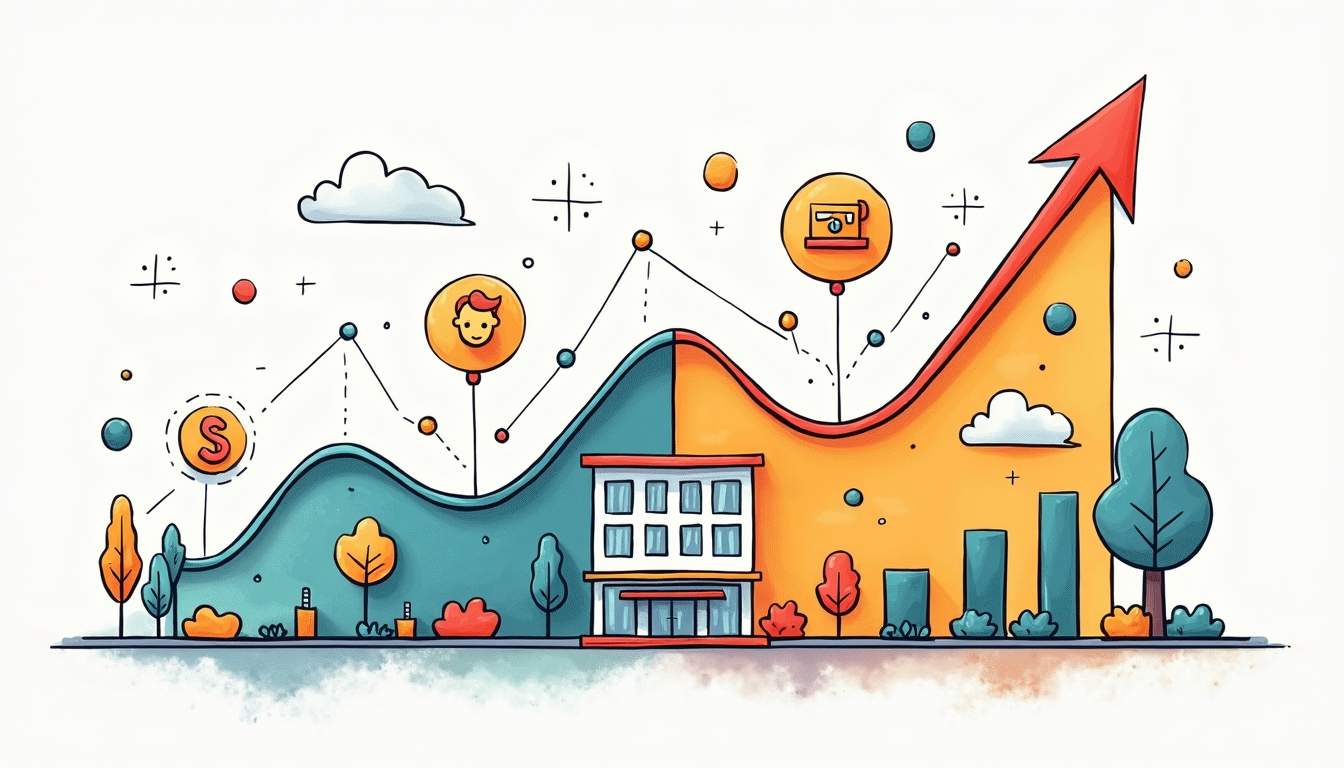Introduction to Dynamic Pricing
Dynamic pricing is a revenue management strategy that allows hotels to adjust their room rates in real-time based on various factors such as demand, competition, and market conditions. This approach enables hotels to maximize their revenue by charging different prices for the same room at different times. The concept of dynamic pricing is rooted in the principles of supply and demand, where prices fluctuate based on the availability of rooms and the willingness of customers to pay.

In the hospitality industry, dynamic pricing has become increasingly important due to the rise of online booking platforms and the ease of access to pricing information. Hotels can now monitor competitors’ rates and adjust their own prices accordingly, ensuring they remain competitive in a crowded marketplace. This strategy not only helps hotels optimize their revenue but also allows them to better manage occupancy levels throughout the year.
Dynamic pricing is often facilitated by sophisticated revenue management systems (RMS) that analyze historical data, market trends, and customer behavior. These systems provide hotel managers with insights and recommendations on how to set their prices dynamically, ensuring they can respond quickly to changes in demand and maximize their revenue potential.
Key Components of Dynamic Pricing
1. Demand Forecasting
Demand forecasting is the process of predicting future customer demand for hotel rooms based on historical data and market trends. Accurate demand forecasting is crucial for effective dynamic pricing, as it allows hotels to anticipate fluctuations in occupancy and adjust their rates accordingly. Hotels use various methods for demand forecasting, including statistical analysis, historical booking patterns, and market research.
Factors that influence demand forecasting include seasonality, local events, holidays, and economic conditions. For instance, a hotel located near a convention center may experience increased demand during major events, prompting them to raise prices. Conversely, during off-peak seasons, hotels may lower their rates to attract more guests. By understanding these patterns, hotels can optimize their pricing strategies and maximize revenue.
2. Competitor Analysis
Competitor analysis involves monitoring the pricing strategies of rival hotels within the same market. Understanding competitors’ rates, promotions, and occupancy levels is essential for effective dynamic pricing. Hotels can use various tools and software to track competitor pricing in real-time, allowing them to adjust their rates to remain competitive.
In addition to pricing, hotels should also consider competitors’ offerings, such as amenities, customer service, and location. A hotel with superior amenities may justify higher rates, while a hotel with fewer offerings may need to lower its prices to attract guests. By analyzing competitors comprehensively, hotels can develop pricing strategies that not only respond to market conditions but also highlight their unique selling points.
3. Customer Segmentation
Customer segmentation is the practice of dividing a hotel’s customer base into distinct groups based on shared characteristics, such as demographics, booking behavior, and preferences. This segmentation allows hotels to tailor their pricing strategies to different customer segments, optimizing revenue from each group. For example, business travelers may be willing to pay higher rates for flexible booking options, while leisure travelers may seek lower prices and promotional offers.
By understanding the needs and preferences of different customer segments, hotels can create targeted marketing campaigns and pricing strategies that resonate with each group. This approach not only enhances customer satisfaction but also maximizes revenue potential by ensuring that each segment is effectively targeted with appropriate pricing and promotions.
Benefits of Dynamic Pricing
1. Increased Revenue
The primary benefit of dynamic pricing is the potential for increased revenue. By adjusting room rates based on demand, hotels can capture higher prices during peak periods while also filling rooms during low-demand times with lower rates. This flexibility allows hotels to optimize their revenue per available room (RevPAR), a key performance metric in the hospitality industry.

Dynamic pricing enables hotels to respond quickly to market changes, ensuring they are not leaving money on the table during high-demand periods. Additionally, by offering promotional rates during low-demand times, hotels can attract price-sensitive customers and increase occupancy, further boosting revenue.
2. Improved Occupancy Rates
Dynamic pricing can lead to improved occupancy rates by allowing hotels to adjust their rates to attract guests during slower periods. By lowering prices during off-peak times, hotels can entice more customers to book, reducing the likelihood of empty rooms. This strategy is particularly effective for hotels in competitive markets where multiple options are available to travelers.
Furthermore, dynamic pricing can help hotels manage their occupancy levels more effectively by encouraging bookings during periods of low demand. By offering discounts or promotional rates, hotels can fill rooms that would otherwise remain vacant, leading to a more consistent revenue stream throughout the year.
3. Enhanced Customer Experience
Dynamic pricing can also enhance the overall customer experience by providing guests with more options and flexibility. Customers appreciate having the ability to choose from a range of pricing options based on their preferences and budget. By offering various rates, hotels can cater to different customer segments, ensuring that everyone can find a suitable option.
Moreover, dynamic pricing can lead to a more personalized experience for guests. By analyzing customer data and preferences, hotels can tailor their pricing and promotional strategies to meet the specific needs of their guests, creating a more satisfying and memorable stay.
Challenges of Dynamic Pricing
1. Customer Perception
One of the significant challenges of dynamic pricing is managing customer perception. While dynamic pricing can lead to increased revenue, customers may feel frustrated or confused by fluctuating rates. If guests perceive that they are being charged unfairly or that prices are inconsistent, it can lead to dissatisfaction and damage the hotel’s reputation.
To mitigate this challenge, hotels should communicate transparently with customers about their pricing strategies. Providing clear explanations for rate changes and offering value-added services can help customers understand the rationale behind dynamic pricing and foster trust in the hotel’s brand.
2. Technology Dependence
Dynamic pricing relies heavily on technology and data analysis, which can be a double-edged sword. While advanced revenue management systems can provide valuable insights and recommendations, they also require significant investment and ongoing maintenance. Hotels must ensure they have the necessary infrastructure and expertise to implement and manage these systems effectively.
Additionally, over-reliance on technology can lead to potential pitfalls, such as pricing errors or misinterpretation of data. Hotels must strike a balance between leveraging technology for dynamic pricing and maintaining human oversight to ensure that pricing strategies align with overall business goals and customer expectations.
Conclusion
Dynamic pricing is a powerful tool in hotel revenue management that allows hotels to optimize their pricing strategies based on demand, competition, and customer behavior. By leveraging advanced technology and data analysis, hotels can adjust their rates in real-time, maximizing revenue and occupancy rates while enhancing the overall customer experience.

However, the implementation of dynamic pricing also comes with challenges, including managing customer perception and ensuring technological reliability. By addressing these challenges and adopting a strategic approach to dynamic pricing, hotels can position themselves for success in an increasingly competitive marketplace.
As the hospitality industry continues to evolve, dynamic pricing will remain a critical component of effective revenue management, enabling hotels to adapt to changing market conditions and meet the diverse needs of their guests.
Discover How Prosper Hotels Can Enhance Your Revenue Management
Embrace the full potential of dynamic pricing with Prosper Hotels. Our expertise in revenue management, combined with our innovative digital marketing and efficient group housing services, is designed to elevate your hotel’s performance. Let our team of seasoned professionals guide you towards substantial revenue growth and operational excellence. To learn more about how we can contribute to your hotel’s success and your team’s satisfaction, Learn More about our services today.


 Drive More Hotel Revenue
Through Untapped Strategies
Drive More Hotel Revenue
Through Untapped Strategies
